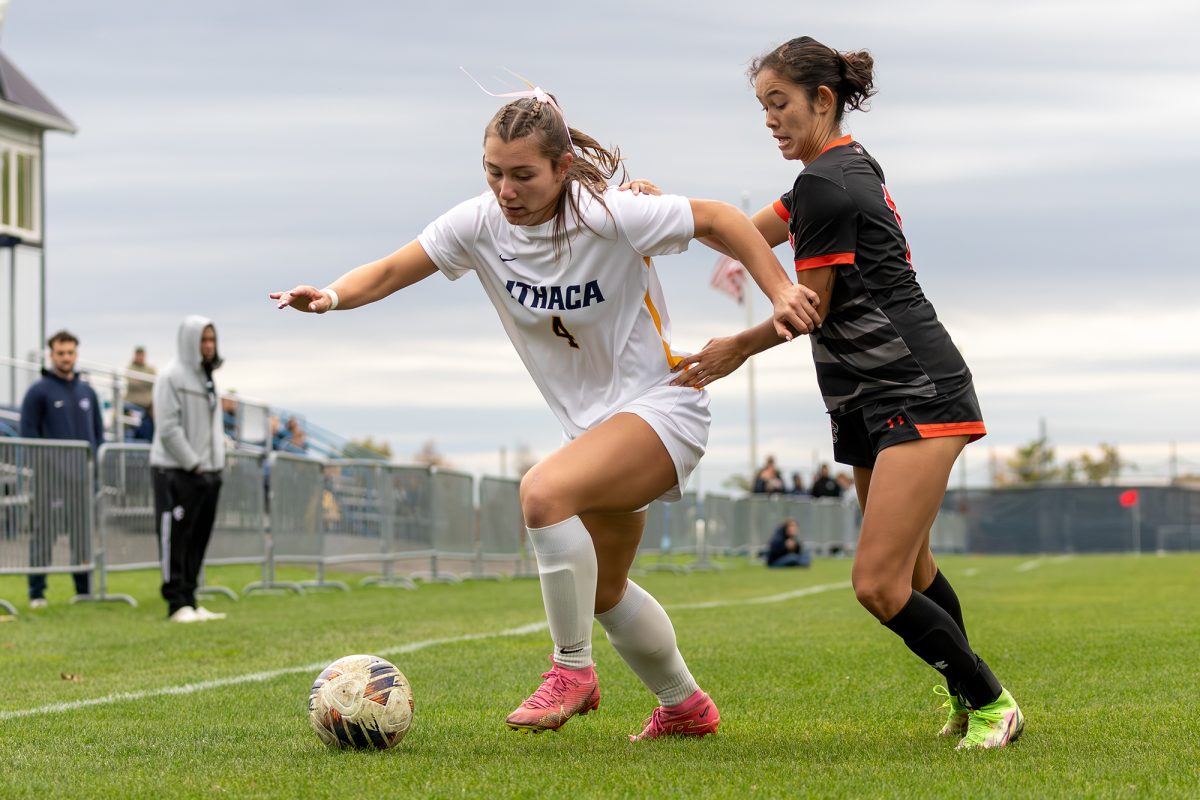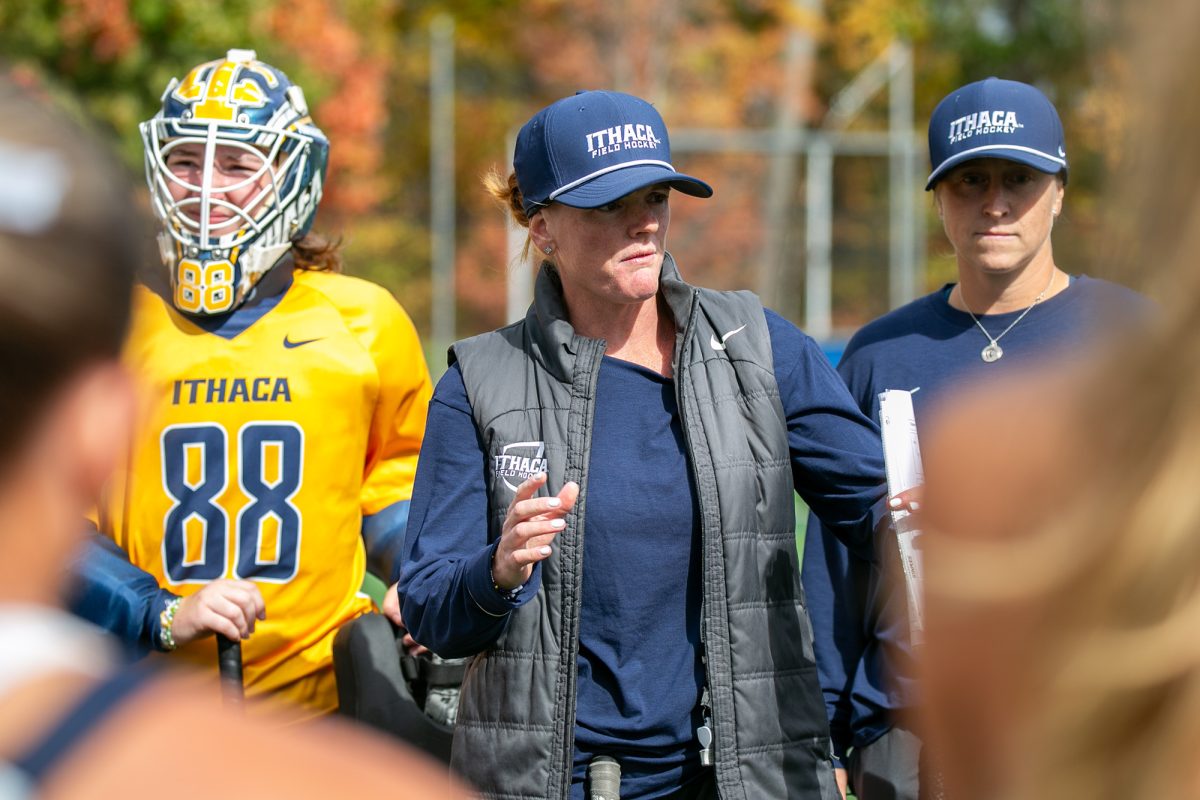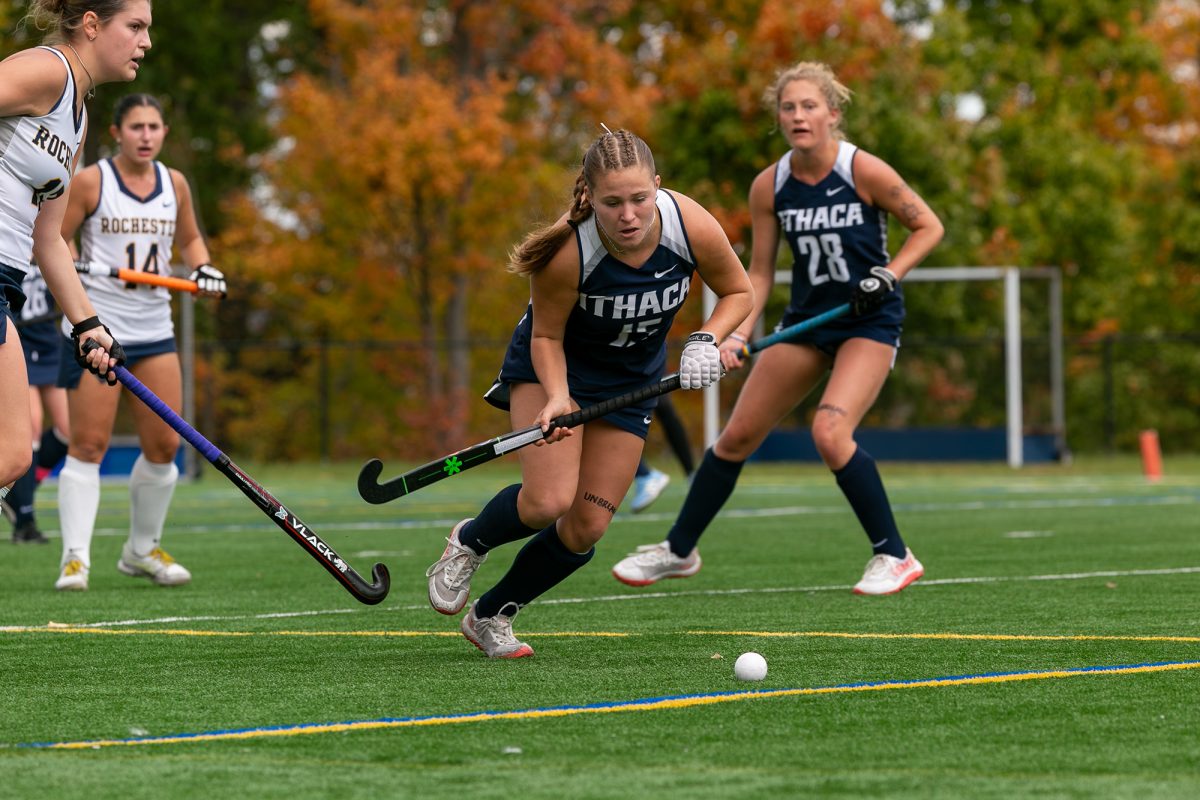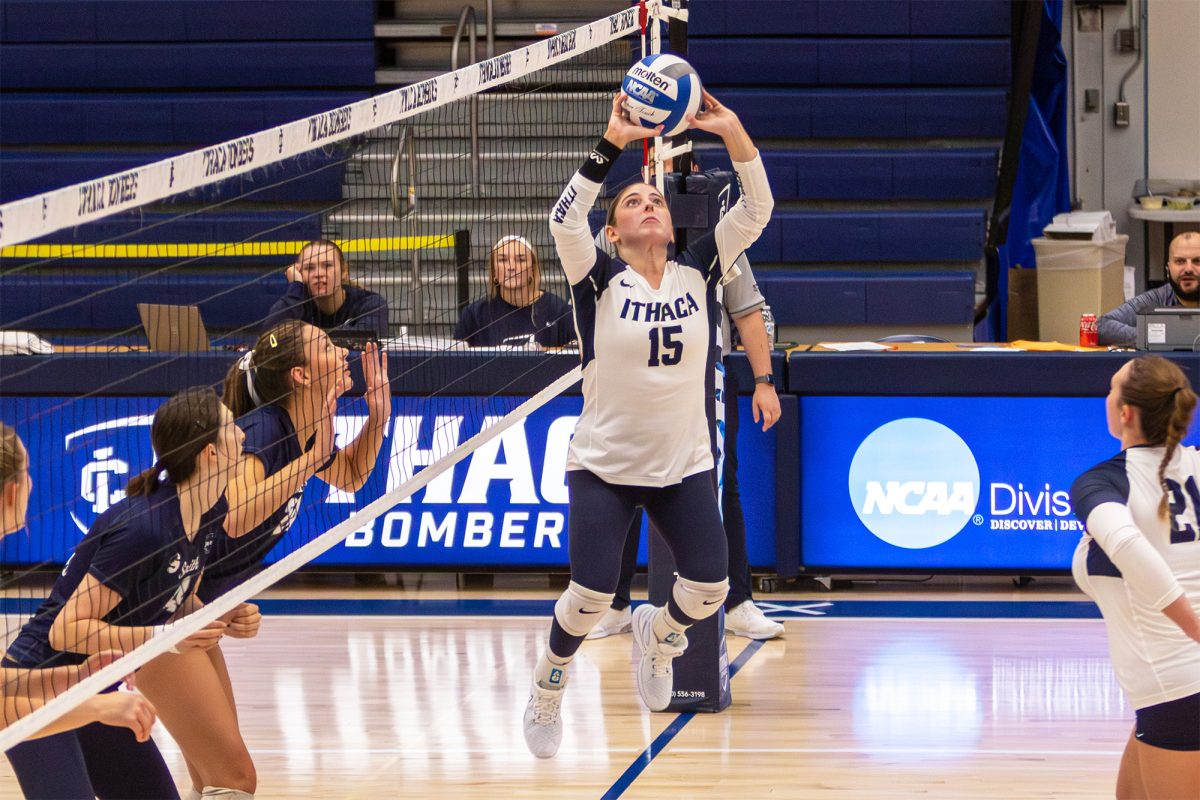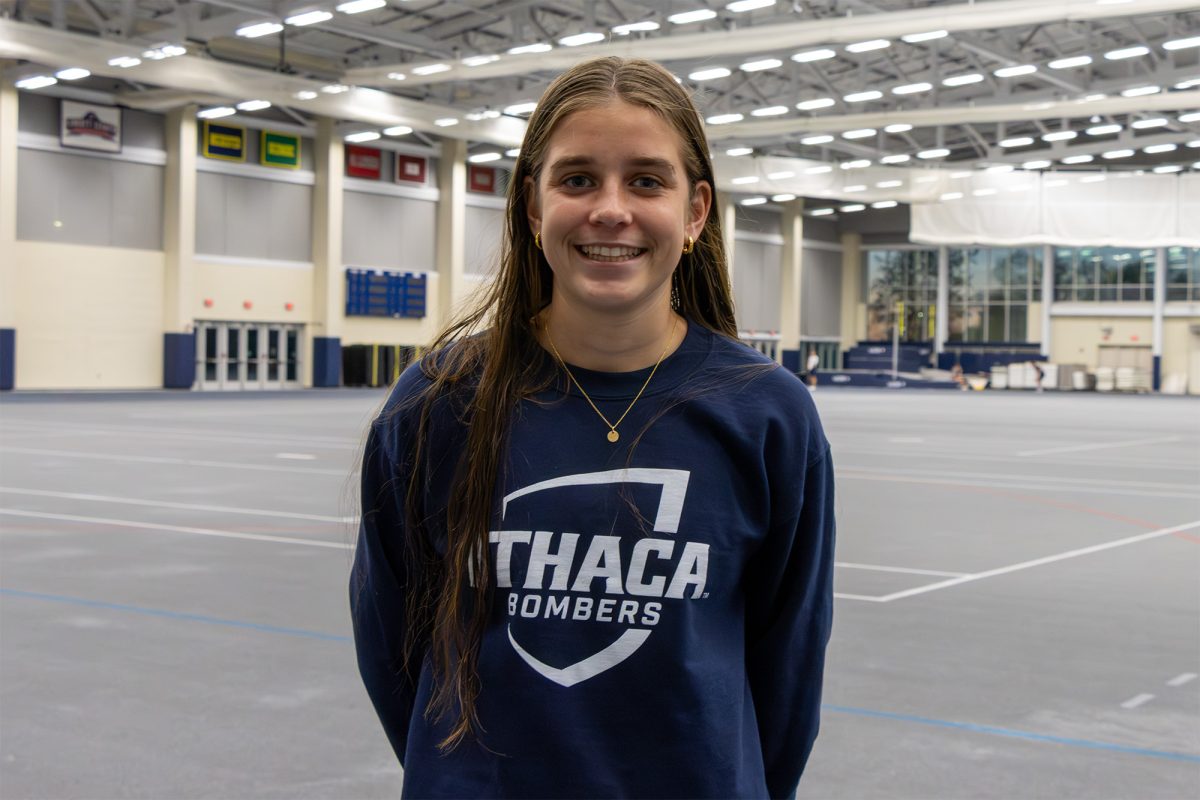Last week, the U.S. bowed out of the World Baseball Classic meekly to the Dominican Republic and Puerto Rico, which combined have a population well under the state of New York. This was the U.S.’s third straight failure to reach the finals of the World Championships. America’s pastime was met by a collective yawn by baseball fans across the country because of one simple question: Where were the stars?
As I lounged on the sand of South Beach over spring break, a propeller plane flew by with an advertisement that shockingly wasn’t for one of the nightclubs. Instead it was for a baseball game, the World Baseball Classic, the U.S. versus the Dominican Republic. Try as I might, I couldn’t convince any of the six friends I had traveled down with to express more than a passing interest in the game, even though it was taking place less than 10 miles away.
However, when the possibility of attending a Miami Heat game was brought up, everyone was all for it, even the guys who were hardly more than casual sports fans. Everyone wanted to see LeBron James, while the World Baseball Classic had … uh well Joe Mauer, a star a couple of years ago, Jimmy Rollins and R.A. Dickey, the reigning Cy Young award winner who pitches once every few games and is on pitch count designated by the rules of the tournament.
The point is that the bright young American stars, Bryce Harper, Mike Trout, Stephen Strasburg and Justin Verlander, were all nowhere to be found. The U.S. team had the feel of the Olympic Basketball team from 2004 that walked away with only the Bronze medal. If the World Baseball Classic is going to make a dent in the sports consciousness of America, Bud Selig is going to need to find a way for the U.S. team to field an actual dream team.
The reason many players pass on the WBC stems from its position on the calendar: right in the middle of spring training. Many players and their teams’ organizations are fearful of potential injuries caused from playing games with playoff-like intensity when players have been conditioned to glorified scrimmages at this time of the year. The problem is that there is no other good time of year for a three-week baseball tournament.
The best suggestion I’ve heard is to break the tournament up into two sections, playing the first round in March and the rest of the tournament during a lengthened all-star break. This way, players would be in mid-season form and hopefully a little more gung-ho about representing their country.
Regardless of the U.S.’s success or interest in the tournament, the World Baseball Classic is good for baseball. The tournament is helping the game internationally, but if it’s going to create some buzz here in the states, the Red, White and Blue is going to need to bring out its big guns and finally win the damn thing.


